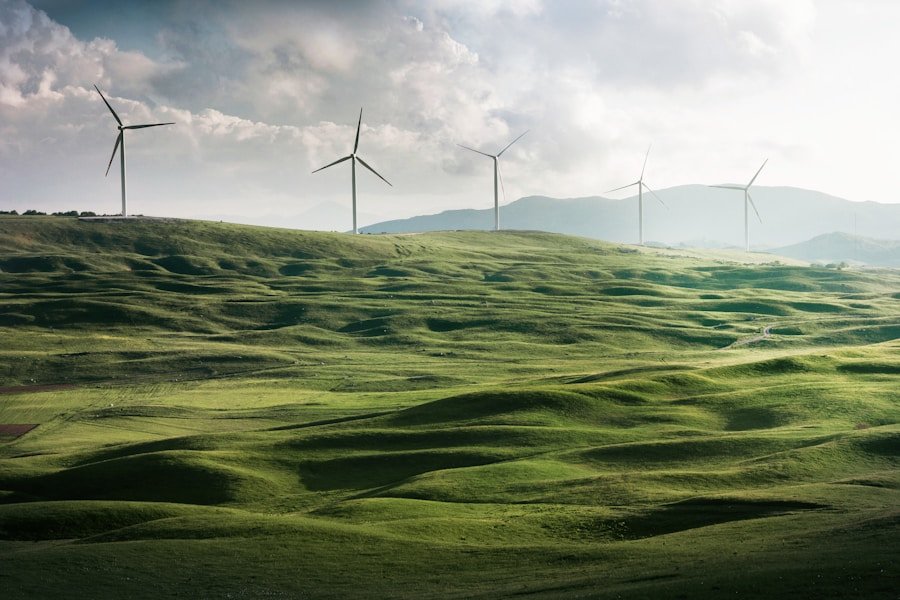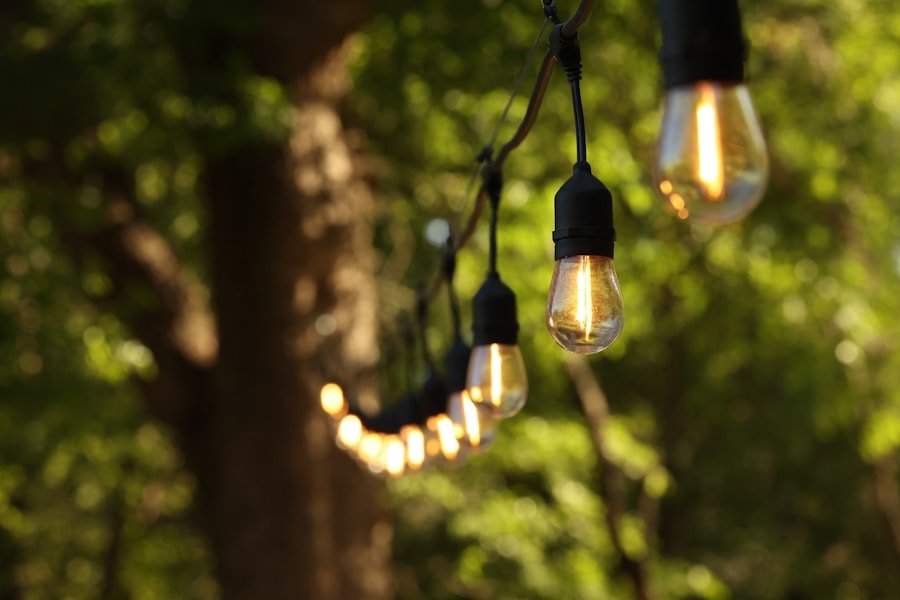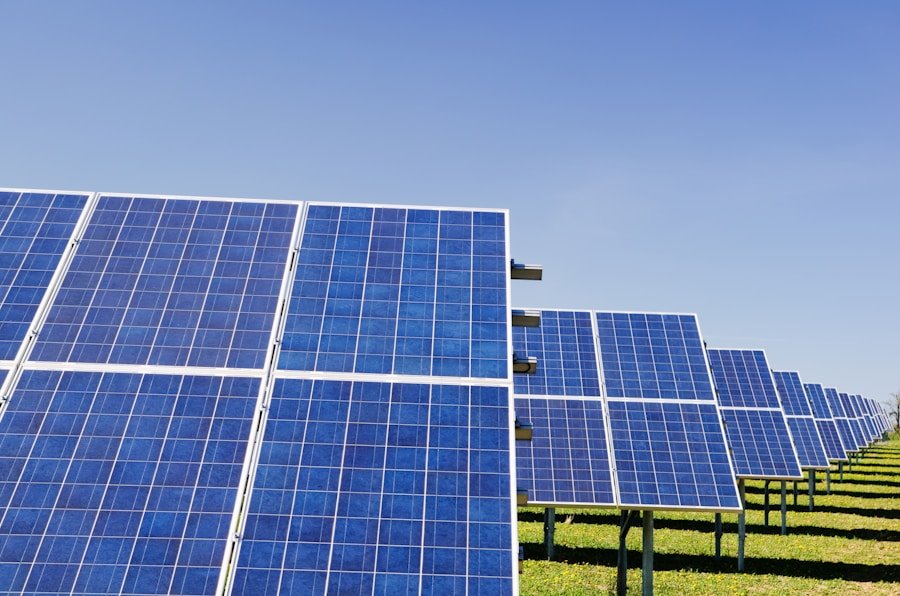Understanding your energy consumption is the first step towards making your home more energy-efficient. By knowing how much energy you use and where it is being used, you can identify areas for improvement and make informed decisions about how to reduce your energy consumption. One way to do this is by conducting an energy audit, which involves assessing your home’s energy use and identifying opportunities for improvement. This can be done by a professional or by using a DIY energy audit kit. Another way to understand your energy consumption is by monitoring your energy bills and keeping track of your usage over time. This can help you identify patterns and trends in your energy consumption, which can then be used to make changes and improvements.
In addition to understanding your overall energy consumption, it is also important to understand the specific energy needs of different appliances and devices in your home. Some appliances, such as refrigerators and washing machines, consume more energy than others, so it is important to be aware of their energy usage and make choices accordingly. By understanding your energy consumption at both a macro and micro level, you can make more informed decisions about how to reduce your energy usage and make your home more energy-efficient.
Implementing energy-efficient habits
Once you have a good understanding of your energy consumption, the next step is to implement energy-efficient habits in your daily life. This can include simple changes such as turning off lights and appliances when they are not in use, using energy-efficient light bulbs, and adjusting the thermostat to reduce heating and cooling costs. It can also involve more significant changes such as using public transportation or carpooling to reduce your carbon footprint, or investing in renewable energy sources such as solar panels or wind turbines.
In addition to making changes in your own habits, it is also important to educate and involve other members of your household in energy-efficient practices. This can include teaching children about the importance of conserving energy, and involving them in activities such as turning off lights and unplugging devices. By implementing energy-efficient habits in your daily life, you can reduce your overall energy consumption and make a positive impact on the environment.
Investing in energy-saving appliances
Investing in energy-saving appliances is another important step towards making your home more energy-efficient. Many modern appliances are designed to be more energy-efficient than their older counterparts, so replacing old appliances with new, energy-saving models can significantly reduce your overall energy consumption. This can include appliances such as refrigerators, washing machines, dishwashers, and water heaters, all of which can be significant sources of energy use in the home.
When shopping for new appliances, it is important to look for the Energy Star label, which indicates that the appliance meets certain energy efficiency standards set by the Environmental Protection Agency. In addition to choosing energy-saving appliances, it is also important to use them in an energy-efficient manner. This can include using cold water for washing clothes, running full loads in the dishwasher and washing machine, and keeping the refrigerator and freezer well-stocked to maintain their efficiency. By investing in energy-saving appliances and using them in an energy-efficient manner, you can reduce your overall energy consumption and save money on your energy bills.
Weatherproofing your home
Weatherproofing your home is an important step towards making it more energy-efficient, as it can help to reduce heating and cooling costs throughout the year. This can include simple measures such as sealing drafts around windows and doors, adding insulation to walls and attics, and installing weather-stripping around doors and windows. By preventing air leaks and improving insulation, you can reduce the amount of energy needed to heat and cool your home, which can lead to significant cost savings over time.
In addition to weatherproofing the structure of your home, it is also important to consider the impact of landscaping on your home’s energy efficiency. Planting trees and shrubs strategically around your home can provide shade in the summer and windbreaks in the winter, which can help to reduce heating and cooling costs. By weatherproofing your home both inside and out, you can make it more energy-efficient and comfortable while also reducing your overall energy consumption.
Monitoring and managing your energy usage
Monitoring and managing your energy usage is an important part of making your home more energy-efficient. This can include using smart meters and other monitoring tools to track your energy usage in real-time, as well as using apps and other technology to manage and control your energy consumption. By monitoring and managing your energy usage, you can identify areas for improvement and make changes to reduce your overall energy consumption.
In addition to using technology to monitor and manage your energy usage, it is also important to be mindful of how you use energy in your daily life. This can include simple changes such as turning off lights and appliances when they are not in use, using natural light whenever possible, and adjusting the thermostat to reduce heating and cooling costs. By monitoring and managing your energy usage both actively and passively, you can make informed decisions about how to reduce your overall energy consumption and make your home more energy-efficient.
Utilising renewable energy sources
Utilising renewable energy sources is another important step towards making your home more energy-efficient. This can include installing solar panels on your roof, using wind turbines to generate electricity, or investing in geothermal heating and cooling systems. By harnessing renewable sources of energy, you can reduce your reliance on fossil fuels and make a positive impact on the environment.
In addition to generating renewable energy on-site, it is also possible to purchase renewable energy from a utility provider. Many utility companies offer green power options that allow customers to support renewable energy generation through their electricity bills. By utilising renewable energy sources both on-site and off-site, you can reduce your overall carbon footprint and make a positive impact on the environment.
Seeking professional advice and assistance
Seeking professional advice and assistance is an important part of making your home more energy-efficient. This can include working with an energy auditor or consultant to identify opportunities for improvement, as well as hiring contractors to make changes such as installing insulation or weatherproofing the home. By seeking professional advice and assistance, you can ensure that the changes you make are effective and cost-efficient, while also making a positive impact on the environment.
In addition to working with professionals, it is also important to take advantage of government incentives and rebates for making your home more energy-efficient. Many local and national governments offer financial incentives for making improvements such as installing solar panels or upgrading to energy-saving appliances. By seeking professional advice and taking advantage of government incentives, you can make your home more energy-efficient while also saving money on your overall energy costs.
In conclusion, making your home more energy-efficient is an important step towards reducing your overall carbon footprint and making a positive impact on the environment. By understanding your energy consumption, implementing energy-efficient habits, investing in energy-saving appliances, weatherproofing your home, monitoring and managing your energy usage, utilising renewable energy sources, and seeking professional advice and assistance, you can make significant improvements in the efficiency of your home while also saving money on your overall energy costs. By taking these steps towards making your home more energy-efficient, you can contribute to a more sustainable future for yourself and for future generations.





0 Comments